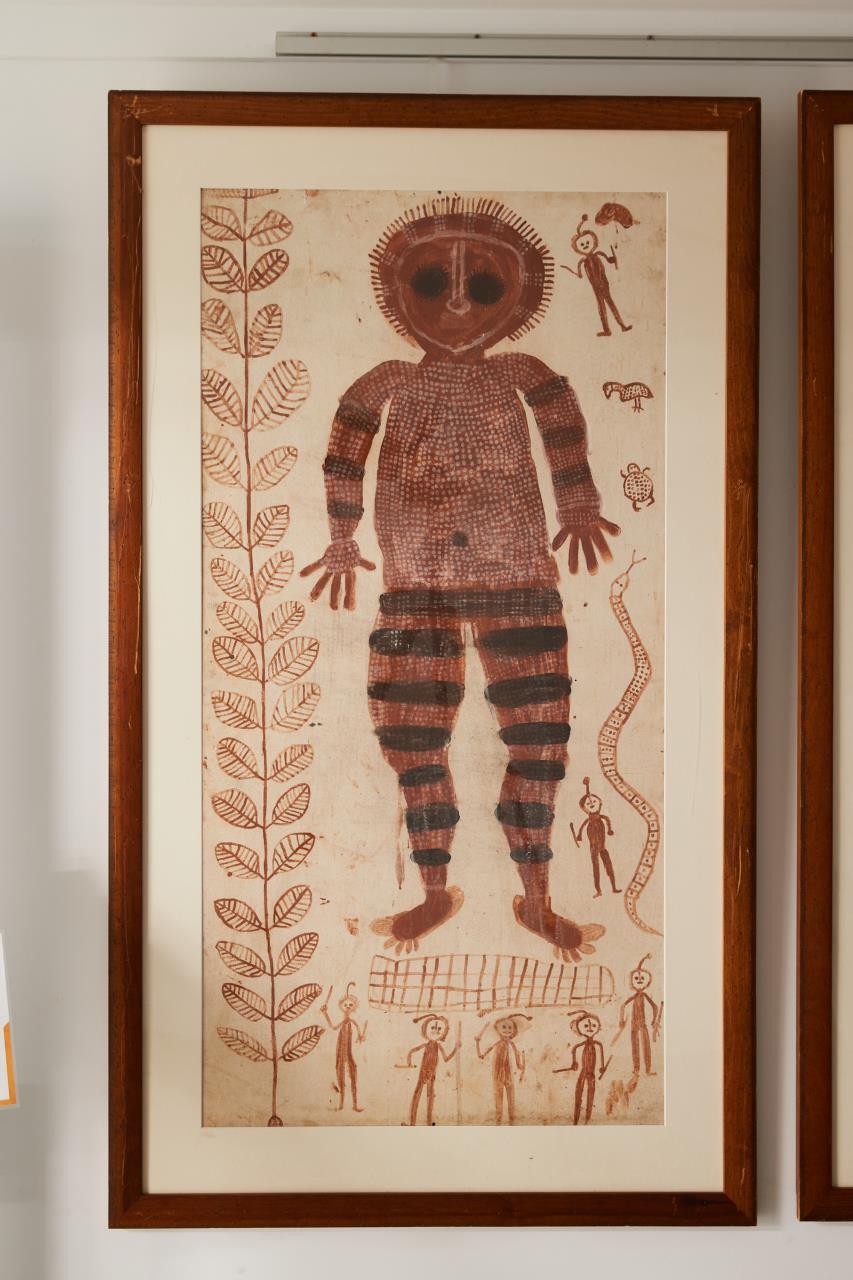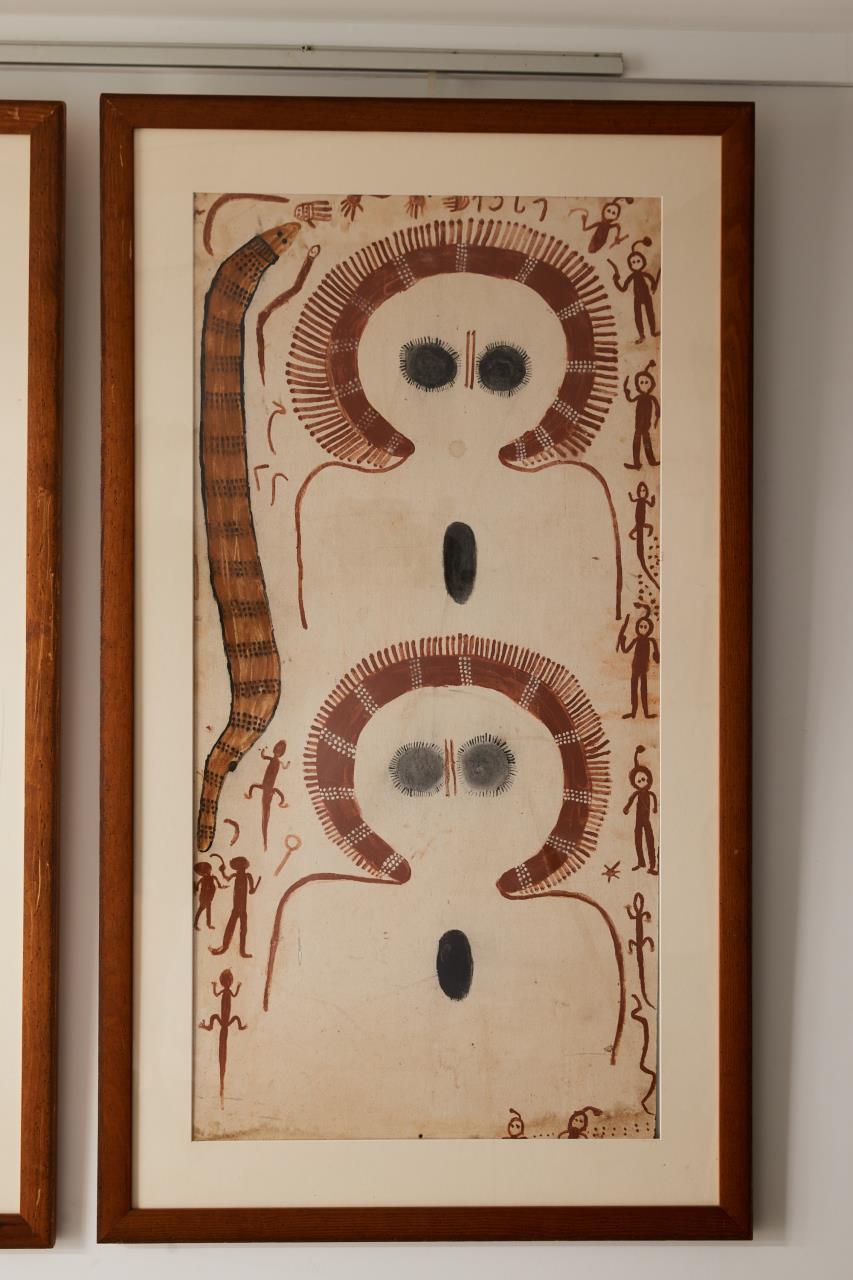Kimberley Art & Photographic Prize History
Established in 1970, the Kimberley Art and Photographic Prize (KAPP) is one of Australia's most remote art competitions and one of the longest running Art Prizes in Western Australia. Originally facilitated by the Shire of Derby/West Kimberley (SDWK) as the Kimberley Art Prize, it was launched to showcase the artistic talent of residents from the Kimberley region. Over the years, KAPP has evolved into a major cultural event, attracting both emerging and established artists from across the country.
The art prize became an acquisitive award in 1978, with the SDWK adding the winning pieces to its substantial art collection, now featuring works from some of the Kimberley’s most talented artists.
In 2012, due to growing interest in photography, the Kimberley Photographic Award (KPA) was created as a separate category, allowing photography to flourish alongside the art prize.
With a $36,000 in Prizes across eleven categories, KAPP has played a significant role in elevating Indigenous art and launching the careers of emerging artists.
The festival now runs for two weeks during the Boab Festival in July, offering a platform for local, regional, and national artists to exhibit their work, and engage with the broader community through exhibitions, workshops, and other cultural activities.
Mowanjum Artist Charlie Numbulmore (c1907 – 1971)
Early Wandja, Charlie Numbulmoore (1960).


Works by Charlie Numbulmore are held by the National Art Gallery of Australia and the Art Gallery of South Australia.
Charlie Numbulmore, cave painter and artist, resided for many years at Gibb River Station, heartland of Ngarinyin people. During the 1960s Charlie worked closely with anthropologist Ian Crawford who recorded him repainting Wandjina images in Mamadai cave. (1968:25-27).
Charlie’s Wandjina figures are generally readily identifiable. The body is usually painted in solid white pigment (invariably derived from the mineral huntite) with details added in red, black and yellow ochres. In the center of the chest is a solid, usually black but occasionally red, oval form said to depict the sternum/heart or a pearl shell pendant.
The almost circular heads are surrounded by a very regular halo or headdress that represents simultaneously the hair, clouds and lightning. Solid, black round eyes with delicate lashes are windows to the furthest edges of the universe – and then beyond. These eyes, along with the narrow, outlined noses suggest the silent crania of clan ancestors that rest on shelves and in crannies of many Wandjina caves. The highest price recorded for the artist is $228,000.00 for Wandjina 1971 sold by Sotheby’s in July 2007.
These Wandjina Paintings are part of the first early wave of commercial Wandjina Art that was produced at Mowanjum and date back to 1960’s.
The pieces are considered to be a significant piece of Australia’s artistic heritage, but the Wandjina art tradition has been dated at around 15,000.00 years old, making it arguably the oldest unbroken religious tradition in the world.